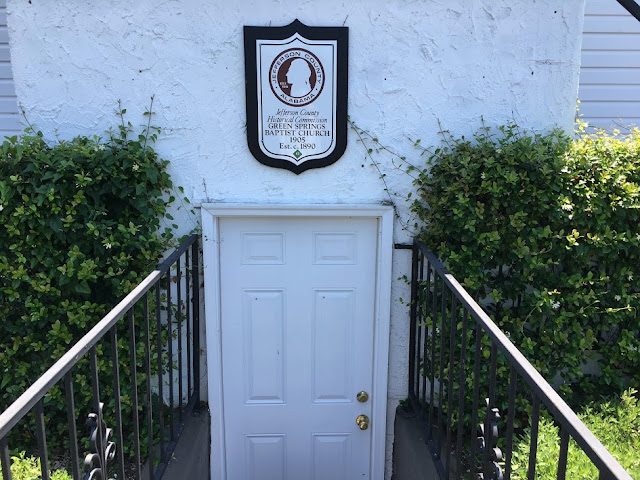In September 2022 Dianne and I were in downtown Birmingham for a doctor's appointment at UAB and a visit to one of our favorite eating places, the Original Pancake House at Five Points South. I found a parking spot around the block on 12th Avenue South in front of St. Mary's on the Highlands Episcopal Church. Before walking down to meet Dianne for brunch, I snapped a few photos of this historic structure.
As seen in the photo below, the church cornerstone was laid 13 August 1891. Another photo shows the cover of a centennial history published in 1987. Two postcards created early in the church's history are also included.
This history begins with the founding of the parish in 1887 and was published in 1987.
These postcards are from the Alabama Dept of Archives and History digital collections here and here.
The Original Pancake House has been located in the Munger Building since 2000. The chain has locations in a number of states; the one at Five Points is the only franchise in Alabama. The first location opened in Portland, Oregon, in 1953. I highly recommend a visit.






























